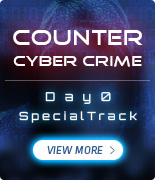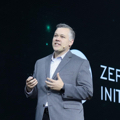
Patrick O’Keeffe
Patrick O'Keeffe is a German Navy Officer currently serving as NATO Legal Advisor at the Centre of Excellence for Operations in Confined and Shallow Waters (COE CSW). An aerospace engineer specialized in astrodynamics and satellite operations, and a former military aviator, Patrick O'Keeffe's is working in a multidisciplinary environment focusing on the impact of disruptive technologies on the strategic transformation. As the managing director of AMC Solutions, Patrick O’Keeffe is advising NGOs, GOs, IGOs, and companies on aerospace, maritime, and cyber strategy and policy.
Keynote: Sovereignty in Cyber Space
Threats in cyber space rise constantly. The rapid expansion of information and communication technology (ICT) has unintentionally created gaps in security policy across the globe. Moreover, reliance on the benefits of cyber technologies, as well as protecting against its vulnerabilities, presents a security challenge across several domains, agencies, and national-level processes. However, no global consensus exists regarding terminology or strategic considerations. The overarching goal of a Cyber Security Strategy is to ensure the integrity of sovereignty in cyber space and beyond. Other than on land, in the air, in space, or at sea, in cyber space the territory of a state cannot be defined by geographic coordinates or physical limits. Therefore, a comprehensive Cyber Security Strategy must include a multidimensional and multidisciplinary approach to ensure cyber operations will protect sovereignty. Patrick O’Keeffe will give an overview and introduction to the global challenges in a cross domain environment.





































































